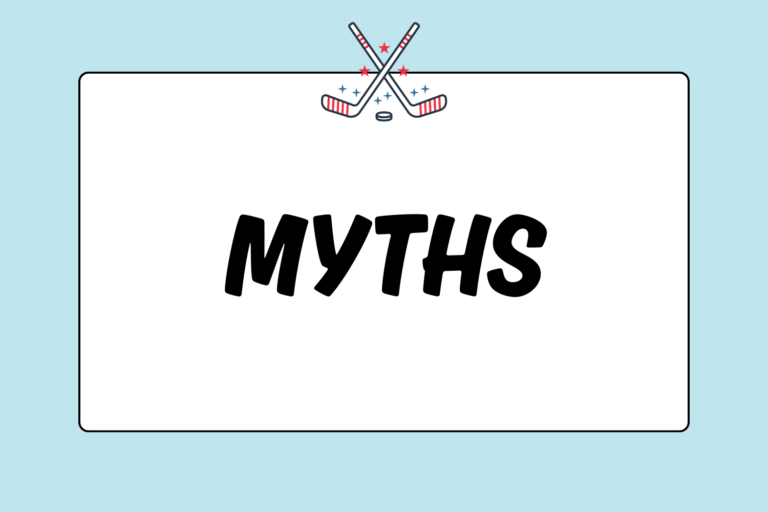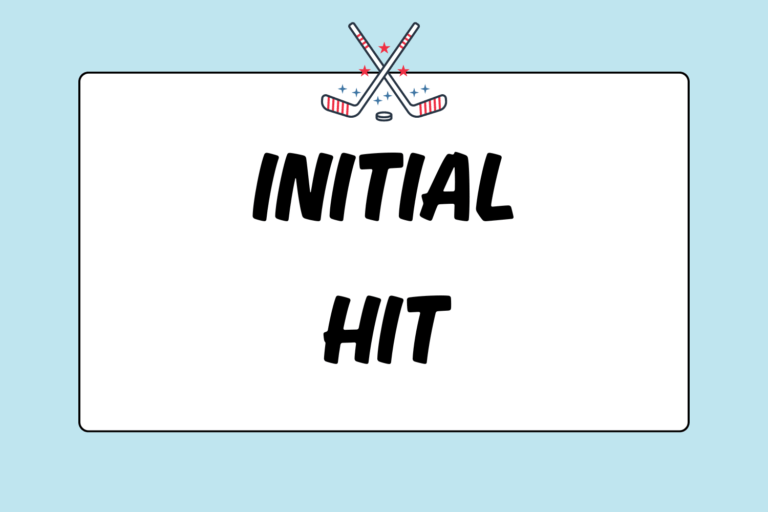A free hit is a play awarded for a called foul (the team that was fouled gets the hit). The hit is taken from the spot where the penalty took place and all opposing players must stand at least five yards away from the ball. A defensive or midfield player on the fouled team will generally take the free hit to re-start the game. The strategies for free hits, however, do not rely on the hitter — they rely on the entire team’s movement off the ball.
In field hockey, 90 percent of the game is played without the ball. It’s more about knowing where the team positions themselves on the field to maximize the opportunities for passes and hits. So, knowing where to position yourself on a free hit will increase your team’s success of moving free hits up the field. This guide will teach you where to hit and where to move without the ball on the field.
Free Hits
Free hits are awarded throughout the field, except inside the shooting circle. If a foul is committed inside the shooting circle, a short corner is awarded to the fouled team. The most common fouls that lead to free hits are:
- Obstructing an opponent from playing the ball
- Interfering with the stick or body when tackling
- Kicking the ball
- Playing the ball dangerously (including lifting the ball)
The free hit is taken from the location where the foul took place. The ball must be placed stationary on the ground before a player is allowed to re-start the action. The hitter can pass it to a teammate, hit the ball forward or backward, or dribble the ball. As mentioned before, all opposing players must stand at least five yards from the hitter until the ball is put into play.
If the ball is within the 25-yard area of a goal, the ball cannot be directly hit into the circle. The ball must travel five yards — either by dribbling or passing — before it can enter the circle.
Offense
On a free hit, every player on the fouled team is now on the offensive, no matter what their positions are. Each player has a job and if any person fails to complete it, it could result in a turnover and the opposing team will get the ball. There are several strategies and responsibilities during free hits, including:
- Pushing the team up the field
- Hitting the ball wide
- Dribbling to open space
- Cutting in front of the defensive wall
- Shielding the defense
- Stepping in front of the defense
Push Up
“Push up” is slang for moving your team up the field toward your opponents’ goal. By having the hitter positioned behind the rest of the team, she’ll have more options of open players to pass the ball to. Additionally, the offensive team as a whole will have more passing options once they get the ball, and they’ll be better positioned to play the ball up the field.
If you hit the ball before your team can get up the field, it may be intercepted by the opposing team. However, in certain situations, sending the ball up the field before the opposing team can set up their defense (likely before your team can get up the field, as well) will give your team an advantage because there will be less of a chance of interception and turnover. But if you do this, make sure you are hitting to a direction in which a teammate is headed, not just arbitrarily up the field into open space.
For whatever hit you take, be aware of your situation and make the decision that will give your team the best advantage.
Hit Wide
While inside your own defensive zone, hit the ball wide and up the field. By hitting the ball wide, you create space and give your team the opportunity to receive the ball safely. Unless you have plenty of room, do not cross the ball in front of your goal. If you cross and mishit the ball, it can result in an interception and a direct shot on your goal.
Dribble to Space
On a free hit, you have the option to dribble the ball in any direction, so long as it travels one meter before being played by another teammate. If you have no forward passing options, you can do a “self pass” — dribble the ball to the left, right, or back into space. This creates an open channel to hit the ball up the field. A “self pass” also forces the opposing team’s defense to reposition and adapt to your new angle.
Cut
On a free hit, the defense will set up a wall of staggered players block the ball. The midfielders who aren’t taking the hit should be cutting (running) in front of the opposing team’s line of defense (wall). By running in front and between the players, you block their vision and create space for the ball to travel through the wall.
Shield
Another strategy for the free hit is to set up a shield inside the defense’s wall to help the free hit pass through. Two players work together to create a passing lane within the defensive wall so your hitter can get the ball to your forwards.
Do not stop the ball after it is hit. Let it travel through your shielded path to a teammate waiting at the forward line. To shield your opponent:
- Both players stand in front of and toward the inside of the defensive wall — this is the shield.
- These players face each other. No defender should be between them.
- The hitter hits the ball between the two players who are shielding the defense.
- The shield players do not stop the ball, but rather prevent the defense from stopping it.
- The ball is sent to a player on the forward line.
Step in Front
If you are a forward, step in front of the defense to receive the ball. In other words, stand between the hitter and the defender. This way, you can get a touch on the ball before the defender can. If you are standing behind the defender, your team cannot get the ball to you. So, step in front of the defense, receive the ball, and then turn and continue forward to the opposing team’s goal.
Free Hits inside the 25-yard Line
In November 2009, the Hockey Rules Board added a new rule to the rulebook. It stated that a free hit within the 25-yard area of the goal must travel at least five yards. Therefore, the ball must be touched, deflected, or passed to another player before entering the shooting circle. This rule created a lot of confusion for current players, as the rule previously stated that the ball could be hit directly into the circle.
So, for free hits inside the 25-yard line, set plays should be prepared so that every player has a certain role. One possibility is that the hitter either dribble the ball five yards before taking a shot on goal, or make a five yard pass to a teammate.
Another set play could be a flat pass to a teammate who immediately takes a shot at the far post of the goal. Everyone else on the team would be rushing toward the goal to get ready to deflect the ball into the goal after the shot.
You can create various versions of this play by working with your coach and team to configure a plan.
Hot Tip: More Plays
On offensive free hits inside the 25-yard line, your teammates have to stand five yards away from you. So in practice, make up some plays to get a strong hit into the circle. Some plays include:
- Pass the ball to the right or to the left so a teammate can run onto the ball and take a shot on goal.
- Pass the ball back to a teammate who crosses the ball to a player waiting to switch the point of attack to other side of the field.
- Dribble the ball five yards — you could even do 2.5 yards back and 2.5 yards forward to make up the five-yard traveling distance.
- Make a five-yard pass to a teammate who passes back to you to take a shot at goal.
Quick Hits
Capitalize on your free hits. Make the most of them by catching the opposing team off guard and moving the ball up the field. Free hits are a great way to advance the ball quickly by sending it from the back line to the front line. As long as all the players are working together to move the ball forward, you will continually be successful in moving towards your goal.





